The Haunting History of the Waverly Hills Sanatorium
The once groundbreaking Waverly Hills Sanatorium is now home to the spirits of former patients who never left.
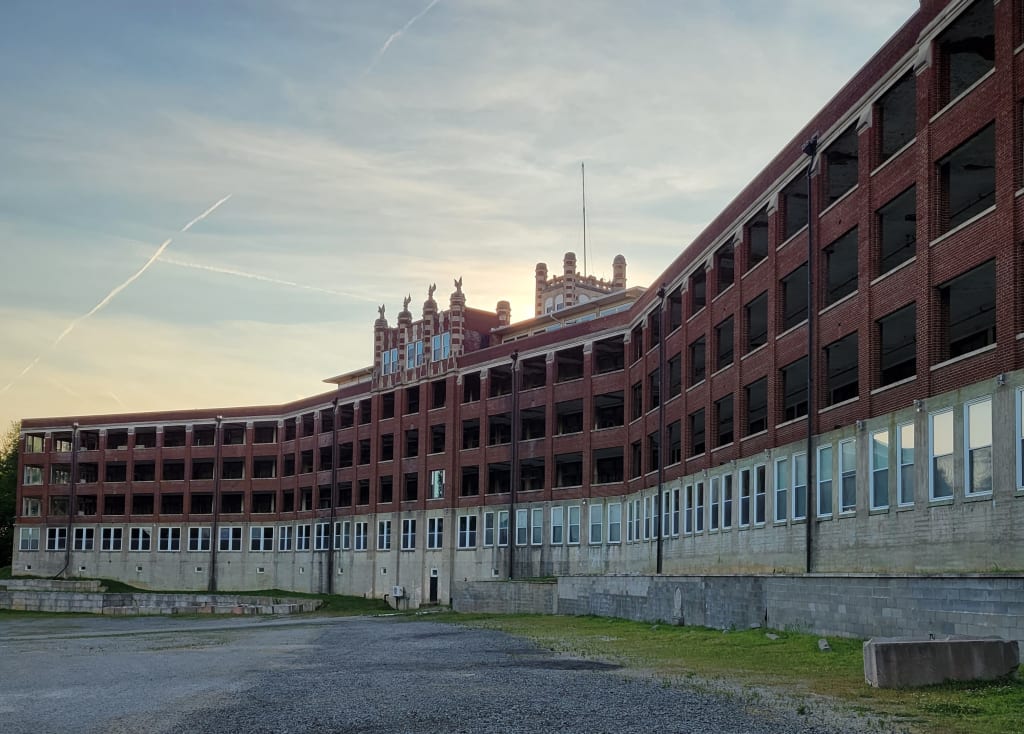
A Terrifying Disease
For thousands of years, tuberculosis has caused widespread death and suffering around the world. This once-incurable disease spread rapidly through communities, wiping out entire populations in the blink of an eye.
With symptoms consisting of fatigue, fever, chills, chest pain, weight loss, and coughing blood, tuberculosis was a very unpleasant death for those that contracted it.
It’s difficult to grasp just how deadly and widespread tuberculosis was in recent centuries. By the end of the 1800s, it had caused nearly 25% of all deaths in the United States. It’s even been estimated to have killed one billion people in the past 200 years alone.
As the epidemic reached a peak in the late 19th and early 20th centuries, people became desperate to find a way to stop it from spreading further. At this time, there was no cure, only primitive treatments available, and little understanding of how the disease was spreading.
The solution at the time was to create tuberculous sanatoriums to house the infected. Patients would be contained in one place to slow the spread, and could receive treatments including rest, fresh air, and relaxation.
Origins of the Waverly Hills Sanatorium
In 1900, Louisville, Kentucky had the highest tuberculosis death rate in the country, making it a prime location for a new treatment facility.
In 1908, construction started on a new two-story facility perched atop a hill. When it opened in 1910, it could comfortably house up to 50 tuberculosis patients. As the disease spread, it soon found itself overflowing with more than 140 patients.
An expansion was in order and in 1926, the state-of-the-art facility was opened. The Waverly Hills Sanatorium was spread across five stories and 180,000 square feet. With large open porches and enough space to house over 400 patients, it was a modern and groundbreaking option providing treatment to the suffering.
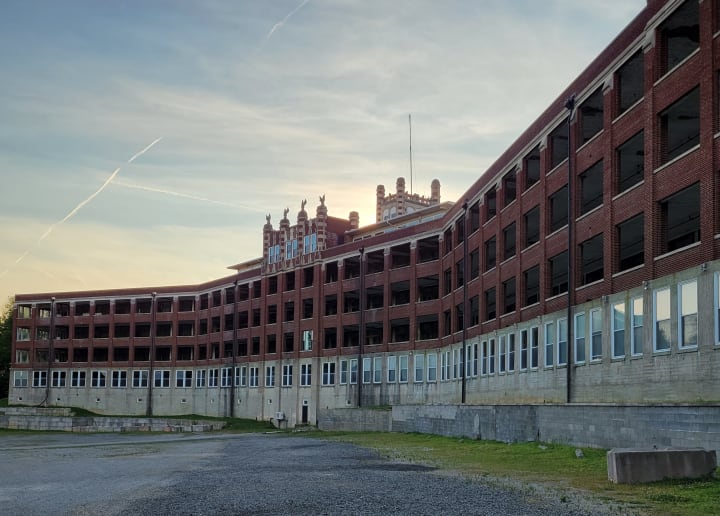
As it was not known how exactly tuberculosis spread, Waverly became its own self-sustained community. Patients and staff lived on the premises, and grew their own food, raised their own meat, and even had a post office and water treatment facility. Unfortunately, these precautions were not enough as visitors were allowed, which would then return to the rest of society.
Horrifying Treatments
Experimental treatments, shocking by today’s standards, were conducted here in an attempt to cure the suffering. Sunrooms were used, hoping to fill the infected’s lungs with ultraviolet light to kill bacteria. Patients were rolled out into the open-air patios and left for months at a time, including freezing winter months.
Horrific surgeries were performed to remove infected parts of the lung, or even collapse them in an attempt to let them “rest”. Some surgeries even consisted of inserting balloons into the lungs to fill them with air manually.
Despite these revolutionary treatments, more than 6,000 people died within the walls of Waverly Hills. To keep patients from noticing the vast number of deaths, the bodies were removed from the premises via a 600-foot-long body chute, appropriately nicknamed the “Death Tunnel”. This chute stretched from the first floor, down the hill to rail cars to carry them away.

The Fate of the Facility
In 1961 the sanatorium finally closed as a treatment for tuberculosis was discovered and the disease was controlled. After a period of quarantine, Waverly was renovated into a nursing home in 1962. Continuing the history of suffering, the nursing home used the then-common electroshock treatment on its patients. The home fell into a state of disrepair due to budget cuts, and the often mistreated patients lived in poor conditions until it closed in 1981.
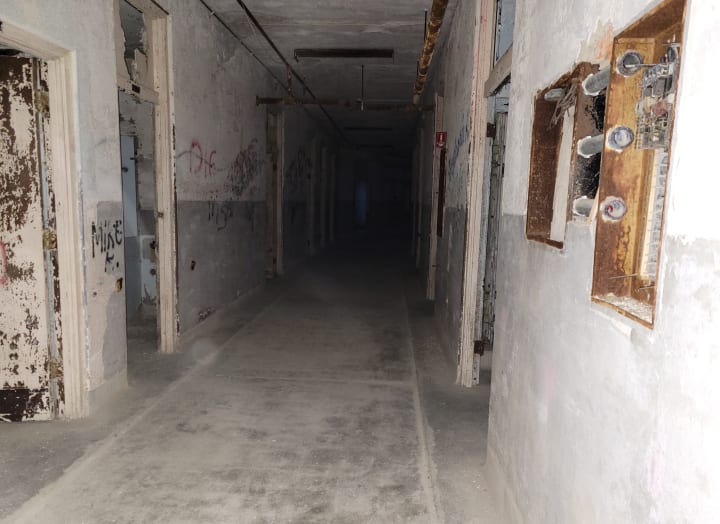
The once grand sanatorium was abandoned and subjected to vandalism and destruction by trespassers for the next 20 years. In 2001, the property was purchased, and now on the National Register of Historic Places, the Waverly Hills Historical Society is working to protect and restore it.
To assist with fundraising efforts for repairs of the building, visitors can take guided historic and ghost tours of the facility.
Paranormal Activity
Countless paranormal reports from staff and visitors at Waverly have led this place to be named one of the most haunted places in America.
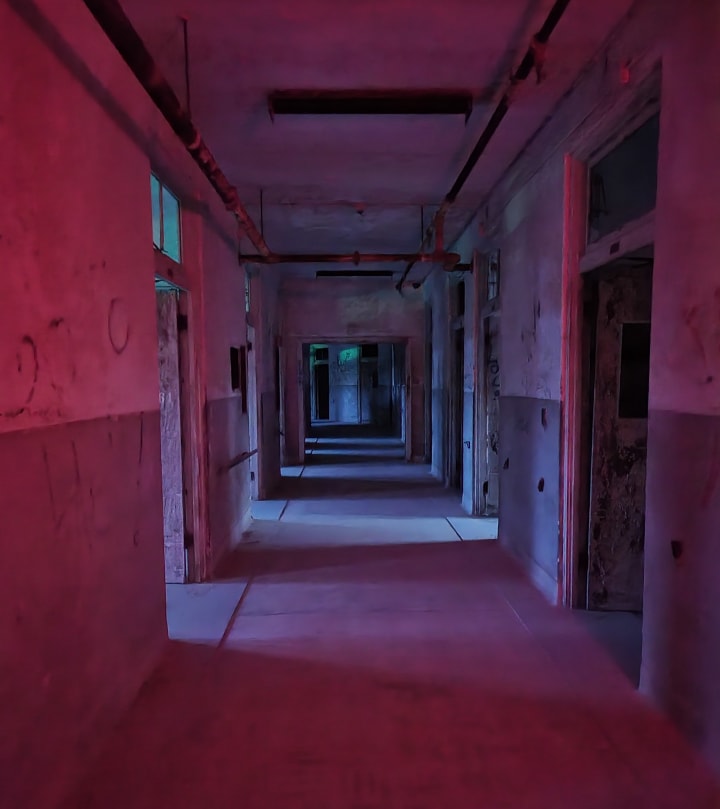
Common hauntings like doors slamming shut and shadows moving are prevalent here. People have even smelled cooking food coming from the kitchen despite the fact that it is no longer functional. In the body chute, there are frequent reports of floating orbs and inexplicable balls of light.
Fourth Floor Residents
It seems that some of Waverly’s patients never left and there are common sightings of a few residents. On the fourth floor, shadow people are said to roam between the rooms and down the halls. One resident is a large dark mass that lives on the fourth floor and is impossible to see through. Another is a shape that is seen crawling up walls and across ceilings.
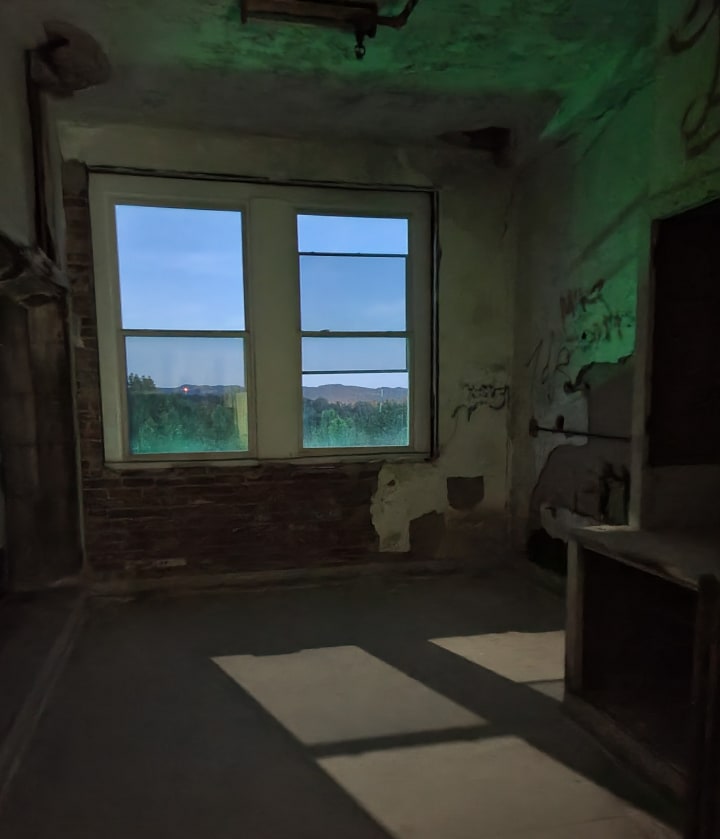
Fifth Floor Residents
On the fifth floor, the ghost of a young woman is said to haunt the space outside the former nurse's station, room 502. Legend says that as she found herself unmarried and pregnant, she hung herself out of despair. Another terrifying story from room 502 is about a nurse that jumped from the roof in 1932.
Ghost Children
Children were just as susceptible to tuberculosis, and Waverly even had a children’s unit on the fifth floor. There are rumors that a young boy named Timmy loves to play with visitors. If you roll a ball towards him, it’s been said that the ball will be rolled back to you. On the third floor, a little girl has been seen running about.
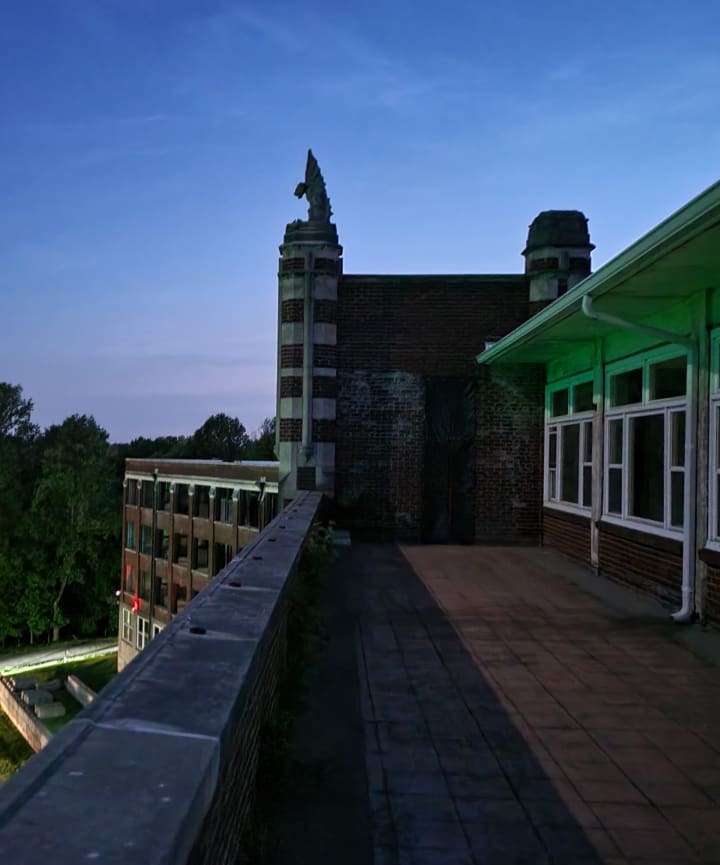
With as much death and suffering that occurred within Waverly’s walls, it’s no wonder that there are many who still cannot leave.
Resources
- Aulbach, L. (2022, September 14). What’s so scary about Waverly Hills Sanatorium? Get to know a haunted Louisville property. Retrieved December 6, 2022, from https://www.courier-journal.com/story/news/local/2022/09/14/louisville-waverly-hills-sanatorium-urban-legend-history/9501082002/
- King, A. (2021, July 1). Tuberculosis: The Forgotten Pandemic. The Scientist Magazine. Retrieved December 6, 2022, from https://www.the-scientist.com/features/tuberculosis-the-forgotten-pandemic-68894
- Mayo Foundation for Medical Education and Research. (2021, April 3). Tuberculosis. Mayo Clinic. Retrieved December 6, 2022, from https://www.mayoclinic.org/diseases-conditions/tuberculosis/symptoms-causes/syc-20351250
- Miller, M. (2021, July 28). Inside the Haunted Halls of Waverly Hills Sanatorium. Travel Channel. Retrieved December 6, 2022, from https://www.travelchannel.com/interests/haunted/articles/inside-the-haunted-halls-of-waverly-hills-sanitorium
- Waverly Hills Historical Society. (2021, October 26). About. Waverly Hills Sanatorium. Retrieved December 6, 2022, from https://www.therealwaverlyhills.com/about/
- Waverly Hills Sanatorium. American Hauntings. (n.d.). Retrieved December 6, 2022, from https://www.americanhauntingsink.com/waverlytb
About the Creator
Jen Mouzon
Sometimes truth is scarier than fiction. Obsessed with exploring and sharing myths, legends, weird history and the unexplained. Join me at hungryforlore.com.






Comments
There are no comments for this story
Be the first to respond and start the conversation.